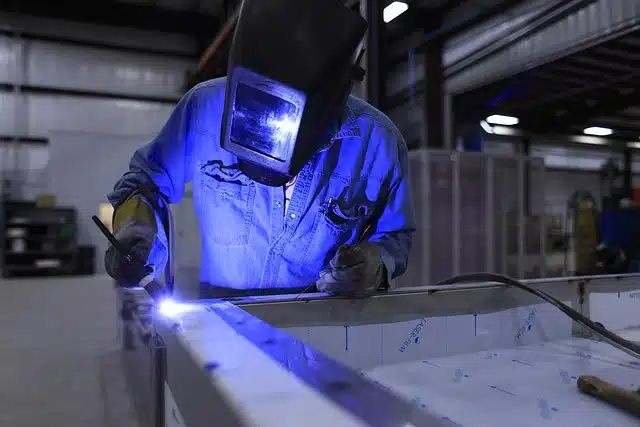
A manufacture is a product that is made by hand or with the intervention of a machine.
A manufacture is a product made manually or with the help of a machine . Generally the term refers to the result of an industrial process that allows transforming a raw material into an already manufactured or finished article .
For the production of a manufacturing, it is usually necessary to carry out a series of steps. It all begins with obtaining the raw material from its natural environment and concludes when the product is ready for marketing and/or use.
The secondary sector and manufacturing
It should be noted that economic activities can be grouped into sectors. The primary sector covers those activities linked to the collection and extraction of natural resources, without manipulation.
The secondary sector , for its part, is dedicated to the transformation of raw materials extracted by the primary sector. This means that manufacturing is included in the secondary sector. Finally, the tertiary sector is made up of services that do not produce or transform material goods.
In short, manufacturing is usually considered the corollary of an industrial process that converts raw materials into a finished good, for which energy sources and machines are used in addition to human labor.
Let's take the case of a factory dedicated to the production of pullovers (sweaters or sweaters) with sheep's wool. Each garment is a manufacture that is generated from the weaving of wool and other processes, such as dyeing. Shearing sheep to obtain wool is an activity of the primary sector; Producing the sweater as manufacturing belongs to the secondary sector.

Manufacturing is part of the secondary sector of the economy.
Increased productivity
Since competition in the industry today is much greater and more aggressive than in the past, new tactics and strategies have become necessary to achieve a sufficient degree of visibility and, thus, increase productivity.
These solutions must be applied in all aspects of manufacturing, ranging from the plants themselves to warehouse environments to field operations. Needless to say, the ideal time to implement them is before starting the activity, so that the company rests on a solid foundation and with a well-defined vision; However, in practice it is common that they must adapt to an outdated way of working in order to optimize processes .
Manufacturing plant
With respect to the manufacturing plant , this is where it becomes necessary to prioritize productivity. Activities must be agile and precise, to comply with the specifications, dates and costs that have been previously established; but they must also achieve a significant degree of visibility in the "meanwhile" so that pace and transparency increase.
Another goal of manufacturing optimization tactics should be to give customers more than they expect. To do this, they can use different tools that allow them to improve the quality of their services by providing visibility on the ground, products, assets and customers.
The warehouse
Finally comes the time to store the manufacturing products, a phase as important or more important than the previous ones. The goal that every company should have is to make this space as intelligent as possible, integrating the supply chain to execute orders dynamically and increase profits with less need to invest time and money in their preparation.
The points to optimize in the warehouse are reception, loading, preparation and selection, among others. In this way, not only compliance with regulations improves but important decisions can be made on time.
